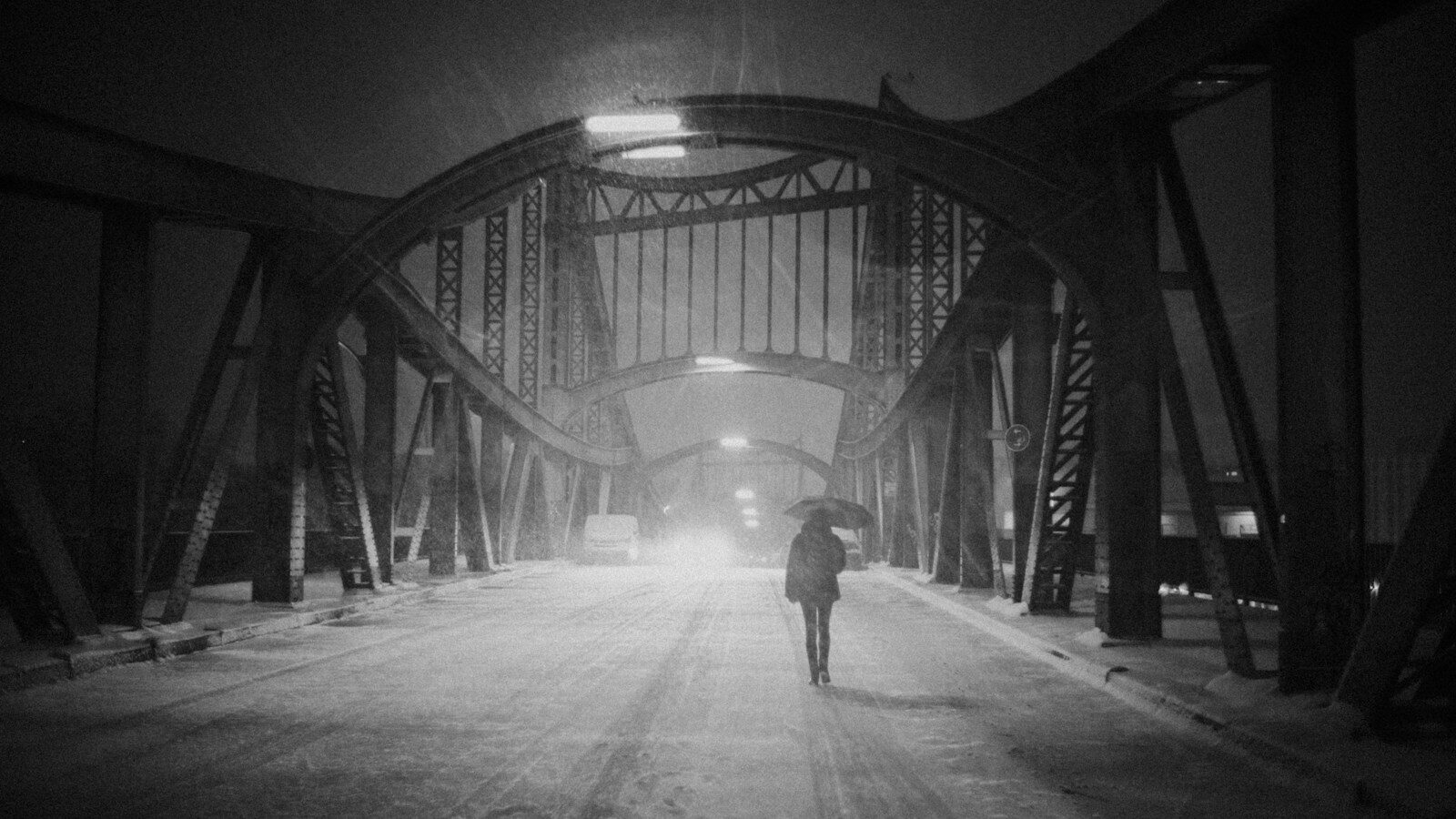In part three of this content series on how to become a mindful trainer, Kay Buckby, Facilitator at The Mindful Trainer, discusses how trainers can be more responsive to their participants during training sessions.
Years ago, when I started life as a customer care trainer, I had a one to one session with my mentor. I was completely new to the skills of holding group space, answering questions, and then moving to the next session.
I found myself so confused I would forget what the next session was, let alone the seamless link to it.
I remember the words of my mentor as I described my struggles: ”As long as you’re one session ahead of the group, it doesn’t matter. Plan the next session as your learners are working on the current session”.
Those words helped me in the early days, so if this technique is working for you, please continue to use it. However, if you are curious, then read on.
These are some of the habits that I am sure we have all experienced as a learner, or done as a trainer. You introduce the activity, then:
- Trainer leaves the room (great, what if they have questions for you?)
- Trainers turns their back on the group to read the trainers notes
- Co-trainers have a ‘huddle’ to discuss how the event is going/the next step/how they are feeling/anything else
- Trainer starts to get next activity ready – noisily, like opening bags, writing flipcharts up, sorting through bag
- Trainer packs up last activity
- Trainer shows film, leaves room (what if link goes down?)
We can smile at these, and I’m sure we’ve all done at least some of them.
Emerging problems with the One Session Ahead method
This was how I used the ‘one session ahead’ technique: I would introduce an activity, discussion, or video, then step away, and swot through the learning points ready for the next moment.
I was running one activity, however with my mind was buzzing with what was about to happen in the future.
Learning is a journey, and the richest experience I have is when I join my learners at that present moment, in their journey.
Mindfulness is being present in the moment. I was leaping from present to future, and sometimes felt more confusion than before I had taken the advice of my mentor.
The ‘stop’ moment
I worked with a co-facilitator one day. We asked the group to work on a meaty task. I set the parameters of the task, the timings, and our role, and watched them settle back. I then turned to my trusty trainers’ notes.
“Right, let’s look at what’s next,” I said. My co-facilitator gently took my hand, and said something like, “shall we watch, and see what happens?”
I felt an immediate horror, fear almost at letting go and being present in the moment, yet something about his words, his body language and confidence gave me the spur to step away from the trainers’ notes.
What happened that day is that I became a facilitator – i.e. someone who attends, in the moment.
We watched, advised, asked questions, and extended the time based on their learning and feedback.
Without present moment awareness, and being with the group, in the moment, I could not have made an intervention from which there was huge learning.
The learning journey had been different – we still achieved the course objectives, but we were working in the here and now.
There was no need to cut short the activity to ‘move on’, because the group was present in the task.
Learning is a journey, and the richest experience I have is when I join my learners at that present moment, in their journey. This involves me being present in the room, for them.
How can I fully experience what is happening unless I can:
- Hear the discussions they are having?
- Watch their body language?
- Role model being approachable, present, and available?
- Listen to their dilemmas?
- Observe the process they use to make decisions, work, and problem solve?
- Watch the communication process fully, not with one ear on the next step?
- Experience how they work as a team?
- Feedback my experiences?
- Attend to every moment?
The above list is not exhaustive.
The power of intervention
I facilitated a leadership course that involved the group using a kit to make a car, and a bridge the car could travel across.
The group split into two, and suddenly one team emerged as the dominant team, refusing to give up parts the other ‘team’, who needed them.
One person said, “No. You can’t have it. We’re nearly finished on our task”.
I felt pain land in my body. I spoke my pain; “Gosh that hurt!”
The group looked at me. I continued: “We’ve discussed how communication could be improved to get us beyond the silo way of working here. Without judging who said what, how could a statement like that relate to how we do things around here?” There were a few nods in agreement as I said this.
Without present moment awareness, and being with the group, in the moment, I could not have made an intervention from which there was huge learning.
Want to read the rest of the series?
Part one: learning to live in the moment
Part two: inviting your learners to stop before they start
In part three of this content series on how to become a mindful trainer, Kay Buckby, Facilitator at The Mindful Trainer, discusses how trainers can be more responsive to their participants during training sessions.
Years ago, when I started life as a customer care trainer, I had a one to one session with my mentor. I was completely new to the skills of holding group space, answering questions, and then moving to the next session.
I found myself so confused I would forget what the next session was, let alone the seamless link to it.
I remember the words of my mentor as I described my struggles: ”As long as you’re one session ahead of the group, it doesn’t matter. Plan the next session as your learners are working on the current session”.
Those words helped me in the early days, so if this technique is working for you, please continue to use it. However, if you are curious, then read on.
These are some of the habits that I am sure we have all experienced as a learner, or done as a trainer. You introduce the activity, then:
- Trainer leaves the room (great, what if they have questions for you?)
- Trainers turns their back on the group to read the trainers notes
- Co-trainers have a ‘huddle’ to discuss how the event is going/the next step/how they are feeling/anything else
- Trainer starts to get next activity ready – noisily, like opening bags, writing flipcharts up, sorting through bag
- Trainer packs up last activity
- Trainer shows film, leaves room (what if link goes down?)
We can smile at these, and I’m sure we’ve all done at least some of them.
Emerging problems with the One Session Ahead method
This was how I used the ‘one session ahead’ technique: I would introduce an activity, discussion, or video, then step away, and swot through the learning points ready for the next moment.
I was running one activity, however with my mind was buzzing with what was about to happen in the future.
Learning is a journey, and the richest experience I have is when I join my learners at that present moment, in their journey.
Mindfulness is being present in the moment. I was leaping from present to future, and sometimes felt more confusion than before I had taken the advice of my mentor.
The ‘stop’ moment
I worked with a co-facilitator one day. We asked the group to work on a meaty task. I set the parameters of the task, the timings, and our role, and watched them settle back. I then turned to my trusty trainers’ notes.
“Right, let’s look at what’s next,” I said. My co-facilitator gently took my hand, and said something like, “shall we watch, and see what happens?”
I felt an immediate horror, fear almost at letting go and being present in the moment, yet something about his words, his body language and confidence gave me the spur to step away from the trainers’ notes.
What happened that day is that I became a facilitator – i.e. someone who attends, in the moment.
We watched, advised, asked questions, and extended the time based on their learning and feedback.
Without present moment awareness, and being with the group, in the moment, I could not have made an intervention from which there was huge learning.
The learning journey had been different – we still achieved the course objectives, but we were working in the here and now.
There was no need to cut short the activity to ‘move on’, because the group was present in the task.
Learning is a journey, and the richest experience I have is when I join my learners at that present moment, in their journey. This involves me being present in the room, for them.
How can I fully experience what is happening unless I can:
- Hear the discussions they are having?
- Watch their body language?
- Role model being approachable, present, and available?
- Listen to their dilemmas?
- Observe the process they use to make decisions, work, and problem solve?
- Watch the communication process fully, not with one ear on the next step?
- Experience how they work as a team?
- Feedback my experiences?
- Attend to every moment?
The above list is not exhaustive.
The power of intervention
I facilitated a leadership course that involved the group using a kit to make a car, and a bridge the car could travel across.
The group split into two, and suddenly one team emerged as the dominant team, refusing to give up parts the other ‘team’, who needed them.
One person said, “No. You can’t have it. We’re nearly finished on our task”.
I felt pain land in my body. I spoke my pain; "Gosh that hurt!"
The group looked at me. I continued: "We’ve discussed how communication could be improved to get us beyond the silo way of working here. Without judging who said what, how could a statement like that relate to how we do things around here?” There were a few nods in agreement as I said this.
Without present moment awareness, and being with the group, in the moment, I could not have made an intervention from which there was huge learning.
Want to read the rest of the series?








